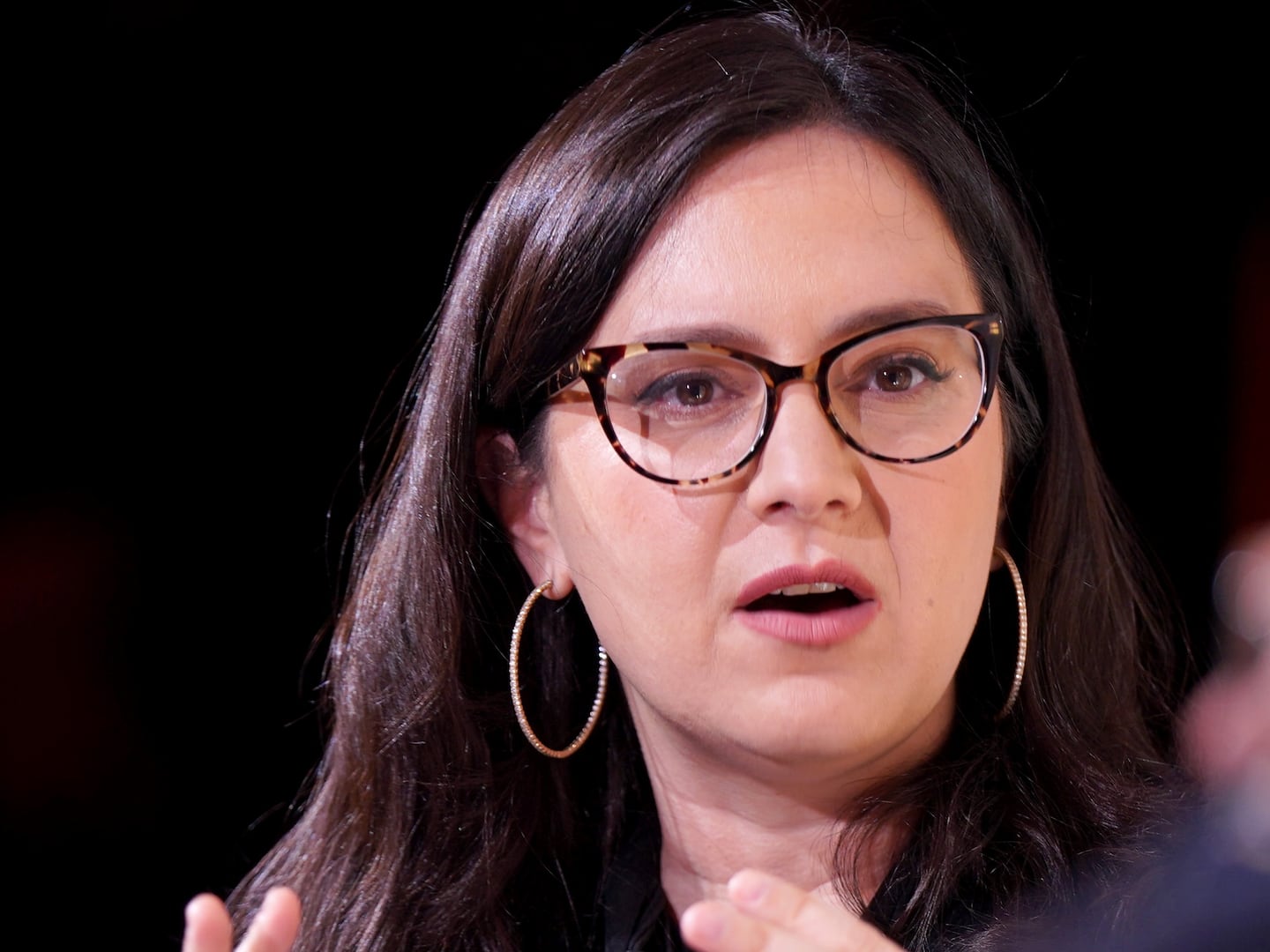Charlie Sheen has been there. So have Courtney Love and Lindsay Lohan. In fact, Lohan will complete her sixth stint at an addiction treatment center at the end of this month before jumping into the arms of Oprah Winfrey. For every troubled star, it seems, there’s an accompanying stay (or three) in rehab. It takes only a casual tabloid reader to note that the system isn’t working as well as it could.

The death of Glee star Cory Monteith, who ingested a deadly mix of heroin and alcohol in a Vancouver hotel room last weekend less than three months after checking out of the Betty Ford clinic, has reignited a debate among addiction experts over the efficacy of rehab centers—many of which continue to be built around traditional 12-step, abstinence-only programs despite a growing body of evidence that this approach doesn’t work for everyone. To wit: a 2012 report from the National Center of Addiction and Substance Abuse at Columbia University (CASAColumbia) concluded that many addiction programs don’t employ the kind of progressive, science-based approaches that have been shown to be effective in studies, and that “only a small fraction of individuals receive interventions or treatment consistent with scientific knowledge of what works.”
Even Sheen has said as much. “I don’t believe in rehab anymore,” the actor proclaimed on Good Morning America last year. “It’s not for me. It’s not for everyone. It’s not a one-size-fits-all, and it didn’t fit me.”
Part of the problem is that addiction, which wasn’t formally recognized as a chronic brain disorder by the American Society of Addiction Medicine until two years ago, was long considered a behavioral problem rather than a mental-health issue. That stigma is one of the reasons addiction treatment is far from current with the latest scientific literature, says Anne Fletcher, who spent years interviewing rehab patients and researching the facilities taking care of them for her book Inside Rehab.
In fact, the stagnation seen at rehab centers today, both inpatient and outpatient, can be traced back decades, Fletcher says, to when the medical community would actually refuse to treat alcoholics and drug addicts. Addiction programs thus adopted Alcoholics Anonymous’s 12-step approach as a form of treatment, no matter that AA was designed to be a self-help program.
“The treatment model sprung up in a vacuum,” says Fletcher, which is why so many rehabs—including the most expensive ones in the country—remain grounded in the same one-size-fits-all treatment approach. Eight out of 10 programs in the U.S. today still incorporate the 12-step model in some fashion, she says, adding that group therapy is another staple of most programs even though there’s little evidence that this type of counseling helps.
Other systemic failures include inadequate credentialing standards for addiction counselors, with more than half of states in the country not requiring so much as a college degree, according to the 2012 CASAColumbia report. “Many rehabs will say they treat psychiatric problems that co-occur with addiction, but they don’t even have anyone on staff that has a doctorate degree,” says Fletcher. (Costlier programs she visited set the credentialing bar higher than public programs, but this isn't always the case, she says. And, in general, there isn't a correlation between cost and quality of treatment.)
To be sure, there are many effective programs across the country, just as there are plenty of former addicts who swear by abstinence-only 12-step programs. The problem is that these programs aren’t effective for everyone, often because they lack the financial resources to give patients adequate individualized treatment or because they don’t see a need for it. Forty to 60 percent of people treated for alcohol or drug dependence relapse within a year after discharge, according to a study published in 2000 by the Journal of the American Medical Association.
Believe it or not, drugs can be part of the solution. One of the biggest systemic flaws, says Meghan Ralston, a harm-reduction manager for the Drug Policy Alliance, which works with legislators to promote drug-policy reforms backed by science, is the fact that many conventional drug rehabs refuse to educate their patients about medication-assisted treatment—primarily because the abstinence-only approach remains so predominant in the U.S. As a result, many patients don’t have access to FDA-approved drugs that could potentially save their lives.
“There’s increasing incentive for drug treatment programs to work within a medical program with an outcome-based efficacy framework, but not all of them are there yet,” says Ralston.
One such drug is naloxone, which can be used to reverse any type of opiate overdose (heroin is an opiate). “It’s a shame and in some ways unconscionable that treatment programs are not legally required to tell opiate-recovering patients about naloxone,” Ralston says, adding that rates of fatal overdose increase dramatically when the drug is not available. “It doesn’t save every life, but it’s an incredible tool, and many more patients should be given it when they exit drug treatment, if for no other reason than that it’s the humane thing to do because their chance of relapsing is so high and their tolerances are so much lower than they were when they got there.”
(Fletcher argues a similar point in her book about the medications Suboxone and methadone, which help to prevent relapses and deaths in opioid addicts, but rehabs often fail to discharge patients on them; one of the most renowned inpatient treatment centers in the country changed its policy to incorporate such practices prior to Inside Rehab’s publishing in February. Betty Ford, where Monteith was enrolled, did not respond to questions asking whether it discharges patients on these drugs.)
The other side of the coin, of course, is the patient. Like all consumers of health care, addicts would be better served if they were better educated about the services available to them rather than simply choosing whichever program has the best reputation.
“The patient has to demand a better model, especially if they’re considering going back to the same program that didn’t work for them the first time around,” says Fletcher, though she notes that patients have a responsibility to follow through on post-treatment recommendations in the event that they’re given.
Rehabs, in turn, have to better manage patient expectations. “There’s an attitude in addiction treatment where the facility thinks it knows what’s best for the patient,” says Fletcher, “but there’s strong research that involving the client in the treatment process and giving them a say in what goes on increases their chances for long-term recovery.”
What's most important, critics agree, is flipping the script on a treatment system that hasn't kept up with the times. "Constantly sending me to rehab is pointless," Lohan told CNN in May. "I've been court-ordered to do it six times. I could write the book on rehab."






